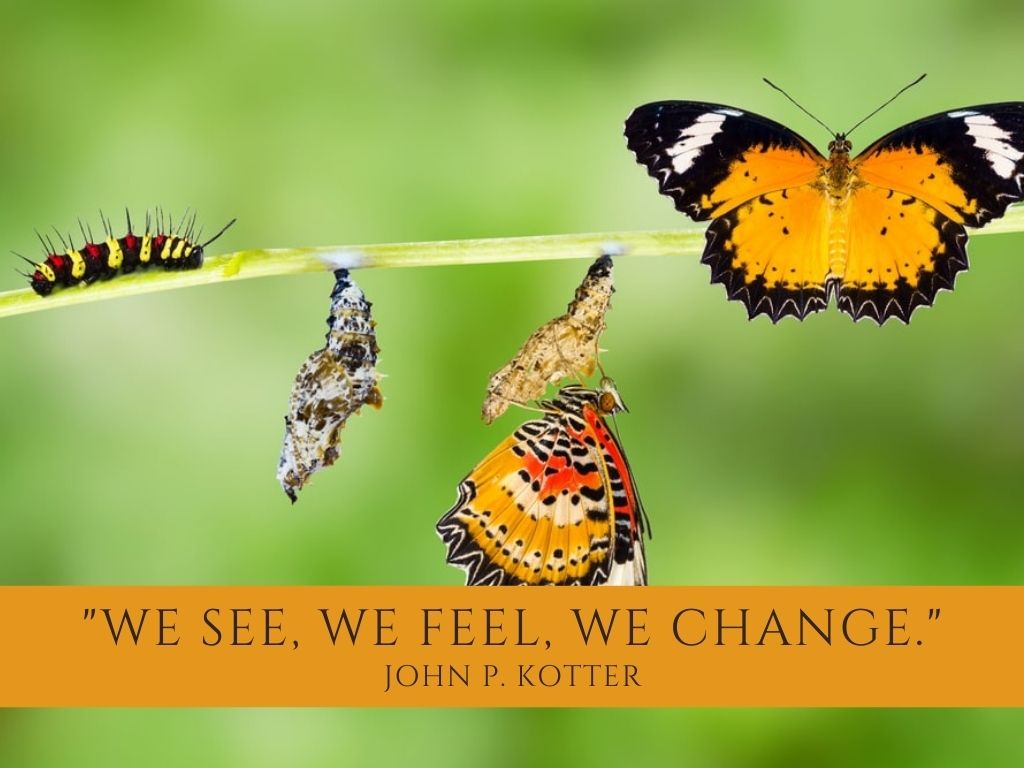„Positive change always encounters resistance, conflicts and obstacles. We must embrace difficult and heated situations in life, for that is the method of igniting our reactions in order to transform them. „ – Yehuda Berg

Internal resistance
To implement HR transformation HR leaders must pay a lot of attention to stakeholder management, particularly to their HR teams.
It’s hard to change the way people work, and realign them to new roles and responsibilities. That is not any different in case of HR transformation where must be a transformation of the HR team’s mindset, culture, way of working and priorities too.
We, as HR leaders, see quite often that not everybody in our HR teams looks enthusiastic about the idea of leaving his/her/their comfort zone.
Our HR colleagues may have different inner & outer saboteurs which will prevent them to join quickly to the transformation journey. Inertia and ignorance are two key parts some of HR team members resistance to transformation. Inertia results in the ‘but we’ve always done it this way’ response to any proposed change in operations, process, or technology, while ignorance limits the ability of HR professionals to see the necessity and benefits of HR transformation. Not to mention being afraid of the unknown, increased workload, making mistakes, etc.
The resistance of our team members could put in risk the success of the HR transformation, so, we must address it to change actively.
Head or Heart?
What you can do as HR leader to overcome colleagues’ resistance, and make them cooperative and passionate towards HR transformation?
There’re 3 options:
- By fait accompli: meaning your colleagues are left to sink or swim. The thing that has already been decided, before, those affected, hear about it, leaving them with no option but to accept it. That’s not a good choice as it does result neither genuine conviction nor motivation in them to (behavioral) change.
- By education: meaning you present your colleagues careful analysis, that causes change to your colleagues’ thinking, which leads to change. The problem with it is that knowledge rarely leads to (behavioral) change – no matter how hard you try.
- By emotions: meaning your colleagues see something, which makes them to feel something, and then that feeling gives them sense and energy to (behavioral) change. Even if the third option may go against the logic, it is proved, that change is best driven by emotions and feelings.
Make the leap
How can you help them to get on track with HR transformation?
- Help colleagues SEE the need for change: Nothing works better than a shock. Show the problem and solution in an emotionally engaging (touchable, feelable, seeable), dramatic, vivid, and compelling way. Use eye-catching situations, videos, metaphors, symbols, and stories (that are told and retold) or ongoing role modelling to visualize problems and solutions.
- Hit their EMOTIONS: “Seeing” catches colleagues’ attention, reducing emotions – anger, pessimism, confusion, panic, cynicism – that undermine a sensible change. “Seeing” increases emotions that facilitate a needed change. So let people feel as they are hit at deeper level with the reality of their situation and feel the need to act.
- Let them CHANGE: Different feelings (passion, trust, pride, urgency, hope) transform behavior. Let colleagues take their emotionally charged ideas into action.
A quick and powerful start of HR transformation is crucial. You need a strong and committed HR team to master all the challenges on the way. To changing mindset and behavior takes patience, time and appropriate methods. It may occur that despite all of your efforts some colleagues will not change. In this case you have only one choice: let them go and move on.
Inspiration: ‚The Heart of Change‘ by John P. Kotter



